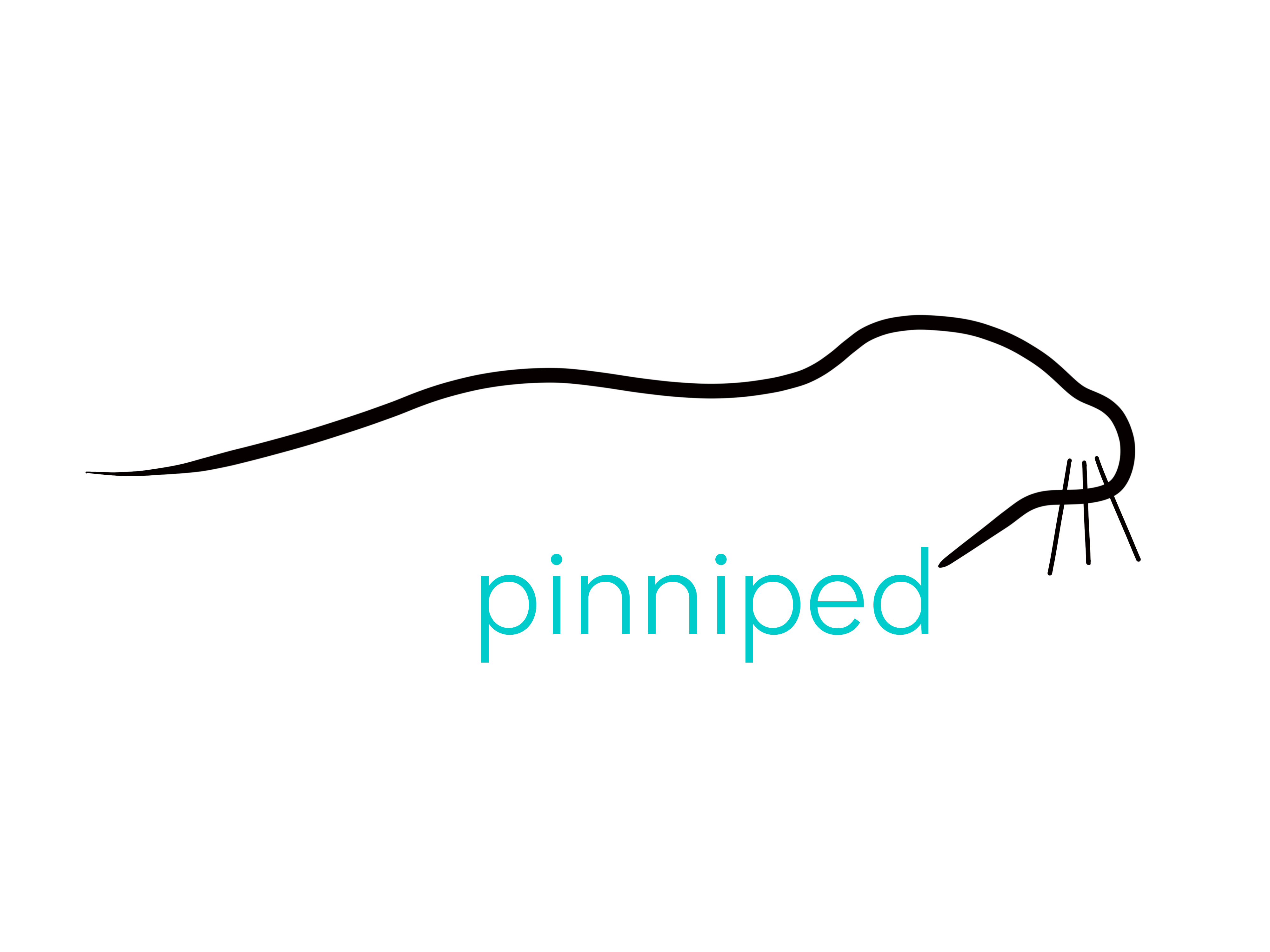Wishful thinking this week, as we move onto seals of the tropics! This is rare in phocid pinnipeds, with 16 out of the 18 species existing in temperate or polar waters. However, the monk seal group are the exception! And for the next couple of Sundays we will be taking a look at them. These guys are two, rare, extant monk seal species that exist in the world. The third type, the Caribbean Monk Seal (Neomonachus tropicalis), sadly went extinct in around 1952.
So, today’s #SealSunday seal is the Mediterranean Monk Seal (Monachus monachus). Now when talking about monk seals, it’s not always good news, as they are all under serious threat. Mediterranean Monk Seals are no exception, and they are actually thought to be the rarest pinnipeds in the world. As these animals are shy and hard to spot, it makes it extremely hard to gain accurate accounts of their numbers and population sizes, however scientists are trying to do just that. At present our best estimate is that there are probably only around 700 Mediterranean Monk Seals left in the world. This is tiny! But what are the reasons for this? Well, it’s complicated. Mediterranean Monk Seals are found throughout the Mediterranean Sea and the East Atlantic Ocean, dwelling on coasts in countries like Greece and Turkey, and various places off the northwestern African continent. This range has shrunk dramatically since historical times, and they used to be seen all over Europe, up as far as France and Portugal, and out as far as the Canary Islands and the Azores in the Atlantic Ocean. However, this is not the only problem. The fact is that the different populations have now become isolated from each other, meaning that there is absolutely no genetic crossover, and that the different groups never meet. In fact the species is now effectively split into 2 separate populations – in the Mediterranean, and off North Africa at Capo Blanco. There is potentially a third, very small population at the island of Madeira. With situations like this it means that the genetic variability in the animals decreases all the time, increasing the chances of problems associated with inbreeding. With a serious outbreak of disease or similar, a whole population could be wiped out. In 1997, two-thirds of the Capo Blanco population were killed off by just that. Not only this, but the Mediterranean Monk Seal is, and has historically been, targeted by humans, particularly fishermen. Nowadays there is illegal harvest of the animals which is largely unrecorded and unmonitored, coupled with the fact that modern fishery techniques have a high rate of seal bycatch. Human disturbance to breeding seals on beaches is becoming a huge source of problems for the retiring species, and add to that a low breeding rate and low juvenile survival rate, and it’s not hard to see why we have a problem. Thank goodness that various working groups are trying their best to understand these issues, and take steps to resolve the conflicts and protect the species. And there is good news. In 2013 the Mediterranean Monk Seal was actually downgraded from Critically Endangered to Endangered by the IUCN, as although slow, the animals were showing a slight increase in numbers. It is not impossible for a species to recover from a position like this, especially with the right conservation action, and here’s hoping that we see these guys thrive again and fill out their natural range. It would be a tragedy if they were to go the same way as the Caribbean Monk Seal.
So a little more about this special species. They are a reasonably large true seal, often greyish and uniform in colour, with a broad muzzle and flat crown that is typical of the monk seal. Being that they live in warm climates, they can give birth all year round, and they do so often in sea caves around rocky shorelines. This is an adaptation that has come about as a response to increasing anthropogenic pressure. In the past, seal mothers would birth on beaches, but they now often favour inaccessible caves that are quiet. But this brings its own problems. Rough seas and storms can mean that these caves flood, drowning the inexperienced pups when they are young and weak. In general the pups learn to swim very quickly, by about a week or so old, and they will moult into their water resistant coat after 8 weeks, long before they wean at around 5 months of age. Diving and foraging are of course very important to the species, and there is evidence to suggest they have a penchant for consuming cephalopods.
So now you know something about the true seals of the mid-latitudes, and the plight they suffer. We hope today has not been too negative, but we believe by realising and raising awareness of problems, we can work to alleviate them, and protect wonderful species like this for the future. Head to the Pinnipedia for more –> www.pinniped.org/front-page/pinnipedia/mediterranean-monk-seal. Image credit for today is Mike Richardson.
Previous articleSeals of the world, part 9: The Ross SealNext article Seals of the world, part 11: The Hawaiian Monk Seal

